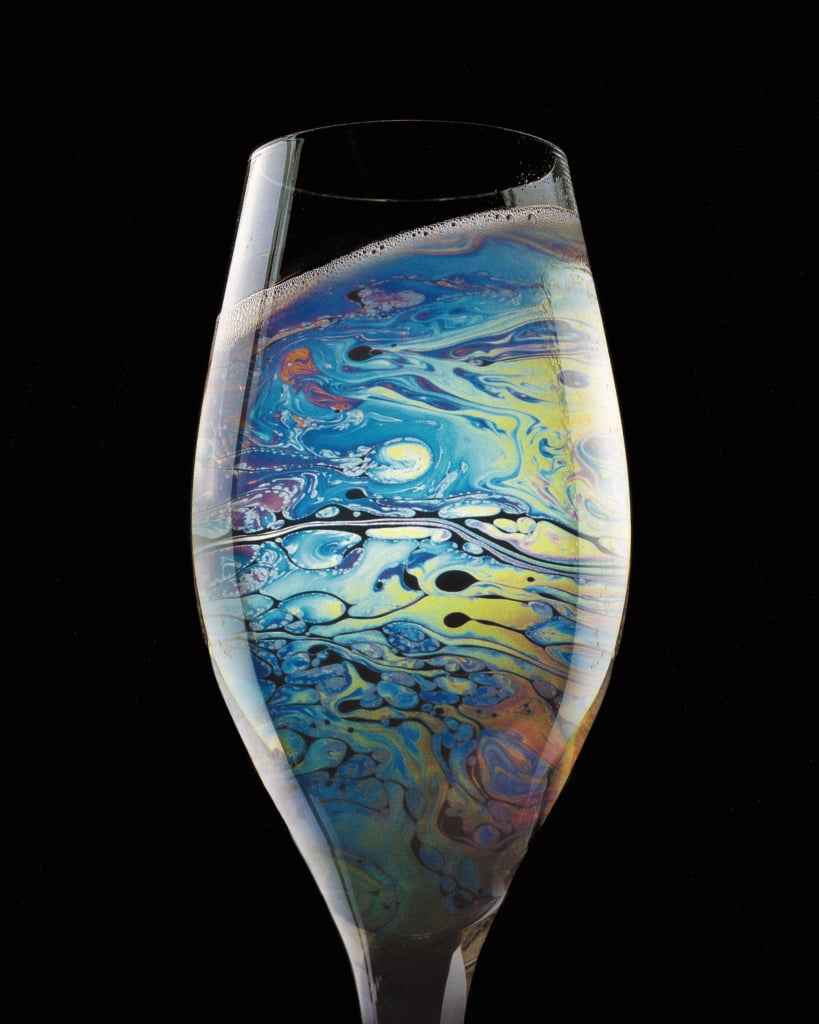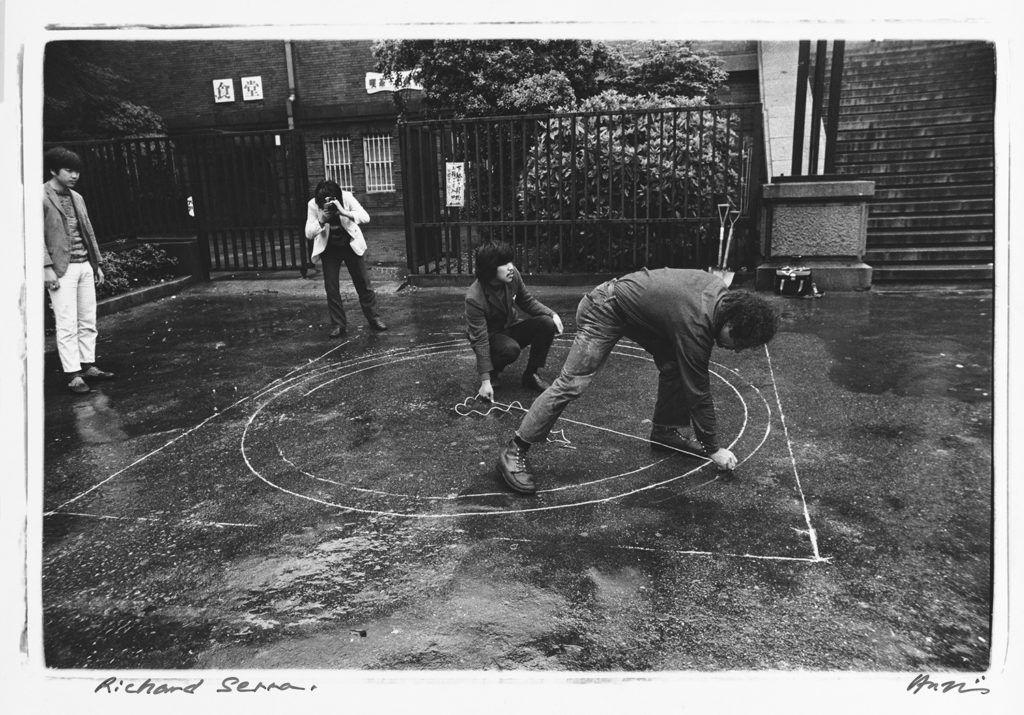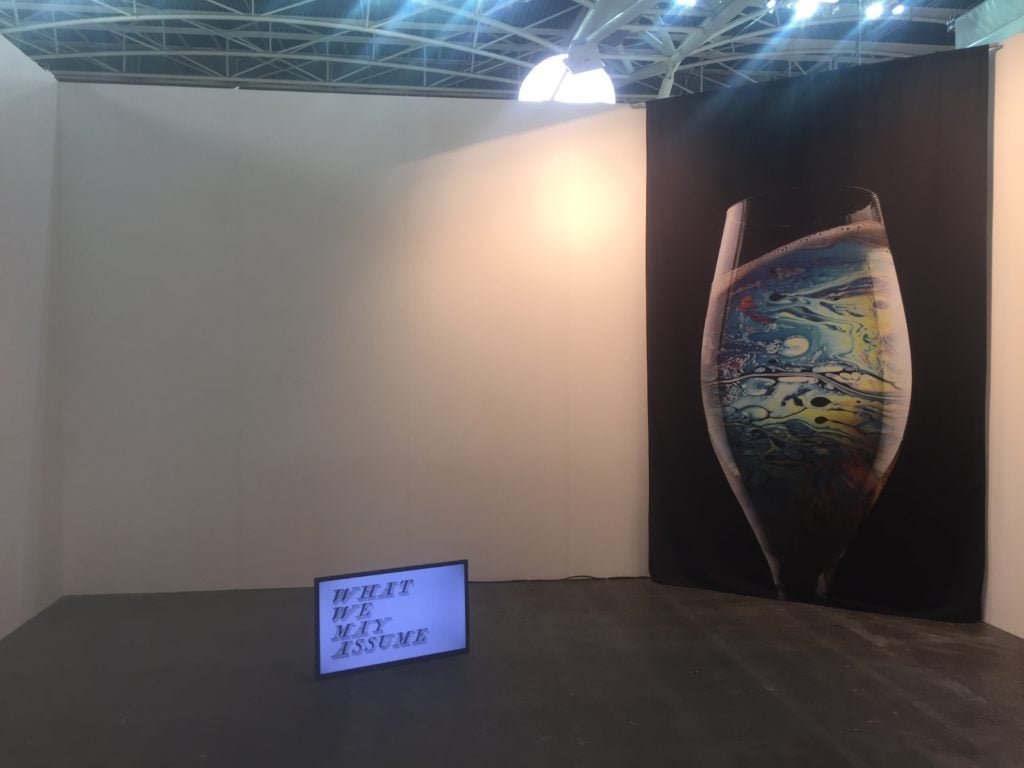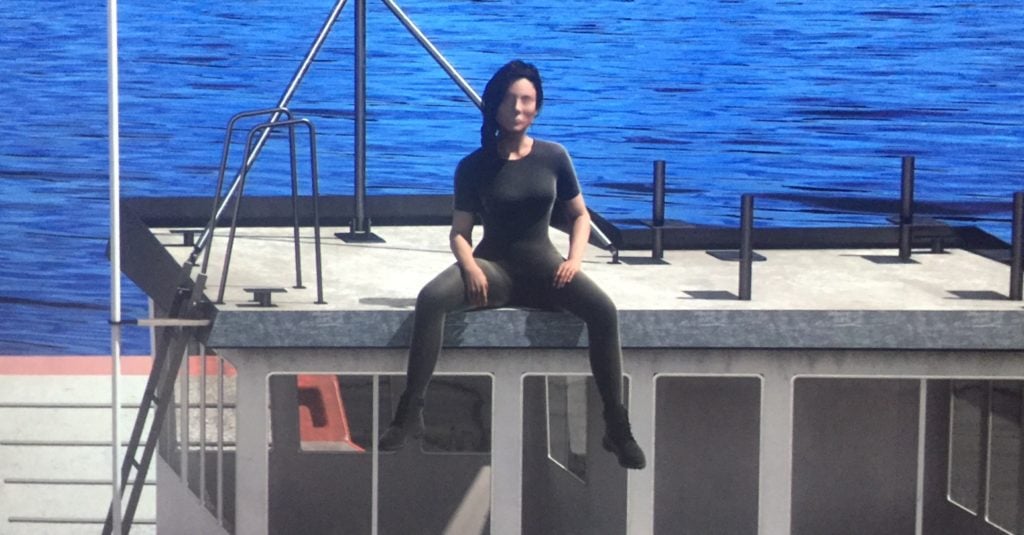Art Fairs
At Artissima 2016, Galleries Bid for Institutional Attention
Italy's top fair maintains its flair for the experimental and emerging.

Italy's top fair maintains its flair for the experimental and emerging.

Alyssa Buffenstein

The city may be a bit off the tourist radar, but every year come early November, a swarm of art world moths are drawn to the cultural flame that is Turin. It’s all because of Artissima, Italy’s oldest, largest, and most important art fair, and art blooms everywhere as a result.
A flight from Munich to the small Piedmont city, for example, was abuzz with talk of what publication everyone was writing for, and whether or not a certain someone should have bought a seat for the art he was transporting in a cardboard box. Disembarking, all were greeted with an installation by German pop artist Thomas Bayrle in the first possible exhibition location: the baggage claim. A series of back-lit screens with repeated airplane motifs fly by on the way to the airport transfer desk, where Artissima signs wave readily, and suspicions are confirmed that a sizable portion of the flight was headed to the same place: The Oval Lingotto Pavilion, built as a speed skating rink for the 2006 Olympic Games, where Artissima is held each year.
According to legend, Turin is located on a powerful global axis of white and black magic, and the gates to hell are located underneath the Piazza Statuto in the city center. Artissima feels like white magic at work: surrounded by the Alps, under a shining sun, during truffle season, the fair is a haven for exciting, experimental, and emerging work, with video and sound embraced to the fullest. The experience is a far cry from the soul-sucking feeling art fairs can inspire—maybe all the bad souls are kept at bay by the supposedly-Satanic statue across town.
Entering the imposing glass Lingotto, one is inclined to take a speed skate of their own around the fair, which brings together 194 galleries from 35 countries—with 64 percent coming from international cities. The front row is lined with the New Entries section, dedicated to galleries under five years old. Artissima is a gateway fair, a respectable place for galleries to come to break into the European market. For some galleries, like Ab-Anbar from Tehran, this is their first time showing at an art fair at all.

Irini Miga, Untitled (Waiting for a phone call), 2016. Image courtesy the artist and Sketch, Bogotá.
For others, like Bogota’s Sketch Gallery, it’s the perfect opportunity to find a new audience. On view are works by three artists: a video, drawing, and sculptural piece by Carlos Alfonso; white textured latex curtain-like pieces by Matias Armendaris; and small resin casts of everyday objects turned absurd, like a band-aid “fixing” a frayed cable, by Irini Miga.
“We’ve been doing some fairs in Latin America, but we wanted to expand, to come to Europe to meet different curators and collectors, as a way to not just remain in Latin America,” Sketch’s director, Liz Caballero, told artnet News. “I know that a lot of curators come to this fair, and I think that the way that one can position oneself is first through institutions.”
The idea that one comes to Artissima to garner attention from museums is echoed again and again by dealers, newcomers and veterans alike.
London’s White Rainbow Gallery, which has a focus on contemporary art from Japan, returned to Artissima this year in the main section after a successful 2015 in the Back to the Future section, dedicated to presentations of historical artists. They brought photographs by Shigeo Anzai, who worked in the 1970s documenting ephemeral artistic actions, like Daniel Buren painting his signature stripes on the streets of Tokyo. At the VIP vernissage on Thursday, it was too soon to talk sales, but the gallery was proud to say that they had recently sold work by Anzai (priced at the fair between €3,000 and €8,000 [$3,330–8,880]) to the Tate Modern, after a show in London.

Shigeo Anzai, Richard Serra, The 10th Tokyo Biennale ’70 – Between Man and Matter, Tokyo Metropolitan Art Museum (1970) Courtesy the artist and White Rainbow, London.
It was this traction they were hoping to keep up with their booth, which also included the work of another prominent artist from the 1970s, Chu Enoki, whose postwar work deals with themes of American-Japanese Cold War relations. On the floor of the booth was a striking pile of machine guns by the artist.
Enoki is cited as a prominent influence the collective Chim Pom, six artists who have been working together for ten years, and who were represented with two video works. In them, the collective huddles together just outside the Fukushima radiation zone, chanting a series of nonsense improvisations like, “radiation is great!” in the style of cathartic breaths exhaled before making a move in karate. The absurd gesture aims to both bring light to the disaster, to document it, and to move forward. Chim Pom’s work ranged in price from €2,000 to €12,000 ($2,220–13,300).
“Artissima is a good fair for us,” said exhibitions manager Edward Ball. “It’s good for curatorial attention, and that’s kind of what we’re looking for—museum contacts.”

Agnieszka Polska at Zak Branicka’s booth at Artissima 2016.. Photo courtesy artnet News.
In Present Future, one of three sections (in addition to Back to the Future and the performance program Per4m), exhibiting galleries were hand-picked by a jury of young and rising curators. Berlin’s Żak Branicka showed a series of works by Agnieszka Polska, in addition to their booth in the main section. Ranging in price from €2,800 to 10,500 ($3,100–11,650), Polska’s work is based off the Berthold Brecht poem “Singing in Dark Times,” and includes a video called Watery Rhymes about a universe limited by words, and a print of a champagne glass filled with oil, originally made for this year’s Gwangju Biennale.
“We really like Artissima,” the gallery’s Sofia Hauser told artnet News. “We feel that the quality of the fair is really high, especially when you compare it to other fairs. The Italian audience knows a lot; they are interesting people to connect with. It’s very relaxed—after the fair is over, it’s truffle season, there’s nice Italian wine… And, a lot of the interesting institutions come here.”

Cecile B. Evans, What the Heart Wants at Barbara Seiler Gallery’s booth at Artissima 2016. Photo courtesy artnet News.
Another surprising reappearance of a biennial commission came from Zürich’s Galerie Barbara Seiler, in the form of a miniature installation of Cecile B. Evans’s video What the Heart Wants. The video, with a price approaching the €20,000 mark ($22,200), was installed in a black box, inside of which was a similar platform-surrounded-by-water setup as at the 9th Berlin Biennale. In Turin, too, clumsy visitors were falling into the water, but the work shone nonetheless.
Video was popular at the fair, and Brussels-based gallery Waldburger Wouters represented one of the media’s earliest adopters: Lynn Hershman Leeson. Two works, priced at €6,500 ($7,200) and €13,500 ($1,500), dealing with the construction of identity, were set up on TVs, to be watched while sitting in comfy, homey chairs. Across the booth was the work of a video artist from a younger generation, Eli Cortiñas, presented in a collage setup in front of a rendering of a broken classical statue, with a €12,000 ($13,300) price tag for an edition of five. The booth presented a prime setting for viewing the work, and dealer Patrick Waldburger seemed happy to bring video to the fair.
“We started the gallery in 2011, and Artissima was the first fair we ever applied for. We liked the fair, the city, and the ambience,” he explained. “It’s quite an experimental fair. The booths have strong concepts, and—with some exceptions—they’re not as flashy as at other fairs. If I were a collector, it would be a dream art fair.”

Emiliano Maggi, Microphone (2014) at Operativa Arte Contemporanea’s booth at Artissima 2016. Photo courtesy artnet News.
But some media, like sound, can be harder to sell. Rome’s Operativa Arte Contemporanea brought a sound installation by the artist Emiliano Maggi. Microphone (2014) is series of conch shell-like porcelain sculptures encasing microphones, which pick up sounds from the fair. Two speakers inside larger sculptures play back an undulating, distorted version of the audio. The gallery sells the works in pieces—€3,000 ($3,330) for the microphones and €7,000 ($7,770) for the speakers—but want to catch they eye of a curator, who wouldn’t dare separate the whole delightful concept.
The most attention-grabbing work of the fair was by far a wall ofGaleria BWA Warszawa, created by Karol Radziszewski. Known for founding Dik Fagazine, a magazine documenting the history of gay life in former Soviet cities, and his project Queer Archives Institute, here he collaged and spray painted an obscene wall with his project “Fag Fighters,” a fictional gay gang who wreak havoc on the streets of Eastern European cities, fulfilling homopobes’ worst nightmares while clad in pink ski masks. An accompanying video, Prologue to Fag Fighters, shows the artist’s Catholic grandmother sewing the masks.

Karol Radziszewski, Fag Fighters at BWA Warszawa’s booth at Artissima 2016. Photo courtesy artnet News.
In all, Artissima feels like a top-tier fair, without the requisite top-tier blah. The one concern anticipating this year’s edition was the sudden departure of director Sarah Cosulich. Director-less? Maybe. But directionless? Definitely not. Cosulich stayed on to oversee the fair, and her focus on curatorial quality and emerging galleries doesn’t seem to wane—hopefully it never will.
Further, the gallery’s bid to make their artists the next museum darlings isn’t coincidental—in 2015, Artissima reported €450,000 ($500,000) in institutional acquisitions. Turin is jam-packed full of foundations, but the pleasant surroundings are also a tempting draw for international curators.
It’s not to say there wasn’t the required amount of art-as-interior-decoration, but it was easily swept aside by the amount of engaging and challenging work that managed to make its way into the white cells. Also, not to be ignored are the number of young, emphatic collectors showing interest and making inquiries on opening night, proving Artissima to be a strong funnel channeling interesting art into the homes of collectors, the walls of museums, and the eyes of art lovers alike.